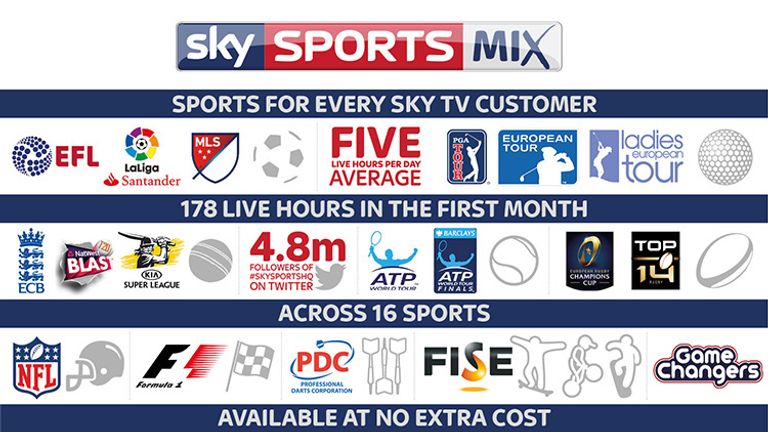The Evolution and Impact of Premier League Broadcasting Rights

In the fast-paced world of modern football, the broadcasting rights for the Premier League have become a crucial battleground, shaping the league’s global reach, financial muscle, and fan engagement. With billions of viewers tuning in from around the world, the competition among broadcasters for these rights has intensified, making it not just a financial boon for clubs but also a significant driver of the league’s popularity.
A Global Audience
The Premier League, renowned for its competitiveness and star-studded lineups, has garnered a massive global following. From bustling stadiums in Manchester and London to living rooms in Tokyo and New York, fans eagerly follow their favorite teams and players. This global appeal has turned broadcasting rights into a valuable commodity, with networks vying fiercely for the privilege to air matches.
The Financial Stakes
The financial stakes involved in securing Premier League broadcasting rights are staggering. For the 2022-2025 seasons, the league generated over £5 billion from domestic and international rights alone. This influx of revenue is distributed among the 20 member clubs, enabling them to attract top talent, invest in state-of-the-art facilities, and strengthen their squads to compete not just domestically but also in European competitions.
The Auction Process
Every few years, the Premier League conducts an auction for its broadcasting rights, divided into several packages to maximize competition among broadcasters. Sky Sports, BT Sport, and more recently, Amazon Prime Video and even traditional networks from other countries bid aggressively for these packages. The bidding wars often drive up prices, illustrating the immense value broadcasters place on securing access to Premier League content.
Impact on Clubs and Players
For clubs, the revenue from broadcasting rights forms a significant portion of their income, alongside matchday revenues, sponsorships, and merchandise sales. This financial stability allows clubs to plan for the long term, whether through infrastructure improvements, youth development programs, or ambitious transfer moves. Players, too, benefit from the financial windfall, with higher wages and better facilities enhancing their career prospects.
Innovation and Fan Engagement
Beyond financial benefits, broadcasting rights auctions have spurred innovation in how football is consumed. Streaming platforms have entered the fray, offering fans new ways to watch matches on-demand and providing interactive experiences that were once unimaginable. This shift has reshaped fan engagement, allowing supporters to connect more intimately with their clubs and players through a variety of digital platforms. Lctv2020.com
The Role of Digital Platforms in Broadcasting
In recent years, the emergence of digital platforms has profoundly influenced how Premier League matches are broadcasted and consumed, ushering in a new era of accessibility and interaction for fans worldwide.
Digital Disruption
Digital platforms, including streaming services like Amazon Prime Video and mobile apps from broadcasters like Sky Sports and BT Sport, have reshaped the landscape of Premier League broadcasting. These platforms offer fans unprecedented access to live matches, highlights, and exclusive content, often at more flexible pricing and viewing options compared to traditional cable or satellite subscriptions.
Enhanced Viewing Experience
One of the key advantages of digital platforms is the ability to provide a personalized and interactive viewing experience. Fans can choose to watch matches live, replay them on-demand, or catch up with highlights through intuitive interfaces tailored to their preferences. Moreover, features such as multiple camera angles, real-time stats, and interactive commentaries enhance engagement, making watching football a more immersive experience.
Challenges and Considerations
However, the reliance on broadcasting revenues also poses challenges. Clubs must balance financial prudence with the need to remain competitive, avoiding over-reliance on TV income amid fluctuating market conditions. Moreover, the global expansion of the Premier League raises questions about scheduling, fan accessibility, and the impact on grassroots football in local communities.
Future Trends
Looking ahead, the landscape of Premier League broadcasting rights is likely to evolve further. Technological advancements, such as virtual reality and augmented reality, could revolutionize the viewing experience, while global streaming giants may continue to disrupt traditional broadcasting models. Balancing these innovations with the need to preserve the integrity and accessibility of the game will be key challenges for stakeholders in the years to come.
Conclusion
In conclusion, Premier League broadcasting rights represent more than just a revenue stream; they are the lifeblood of a global sporting phenomenon. The competition among broadcasters fuels financial growth, drives innovation in fan engagement, and shapes the future of football consumption. As the league continues to captivate audiences worldwide, the battle for broadcasting rights will remain a pivotal arena where the intersection of sport, media, and commerce continues to unfold.








